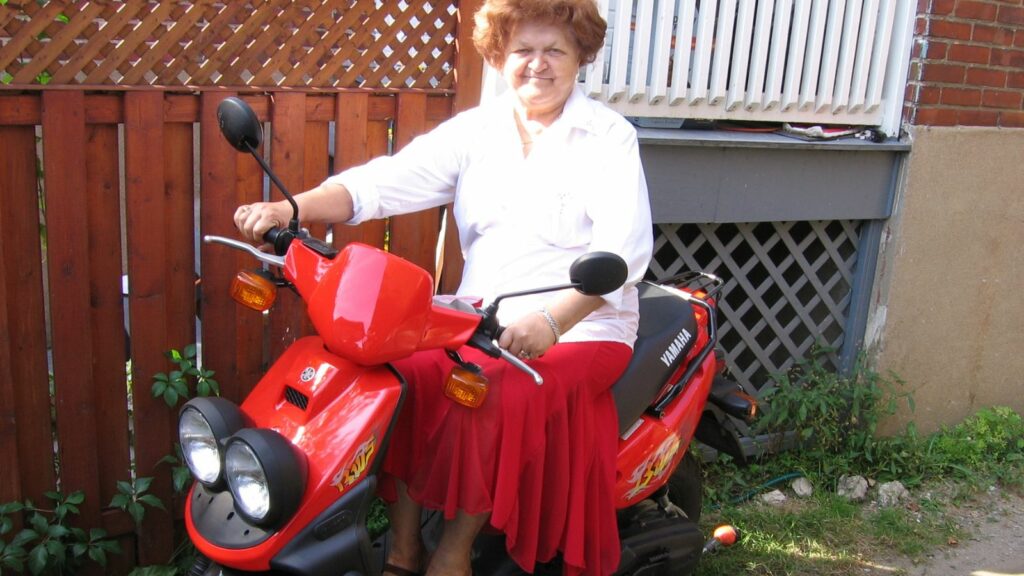When you think of Canada, the first vehicles that spring to mind are trucks, SUVs, and all-wheel-drive cars built to handle snow, ice, and endless highways. Scooters, with their small wheels and urban-friendly design, don’t seem like they’d stand a chance in a country where winters are long and distances are vast. And yet, scooters have carved out a surprisingly successful niche in Canadian cities. Affordable, efficient, and easy to ride, they’ve become commuter heroes in places like Vancouver, Toronto, and Montreal. Expanded with more detail and context, here are 20 scooters that have quietly become one of Canada’s most unlikely success stories.
Vespa PX150
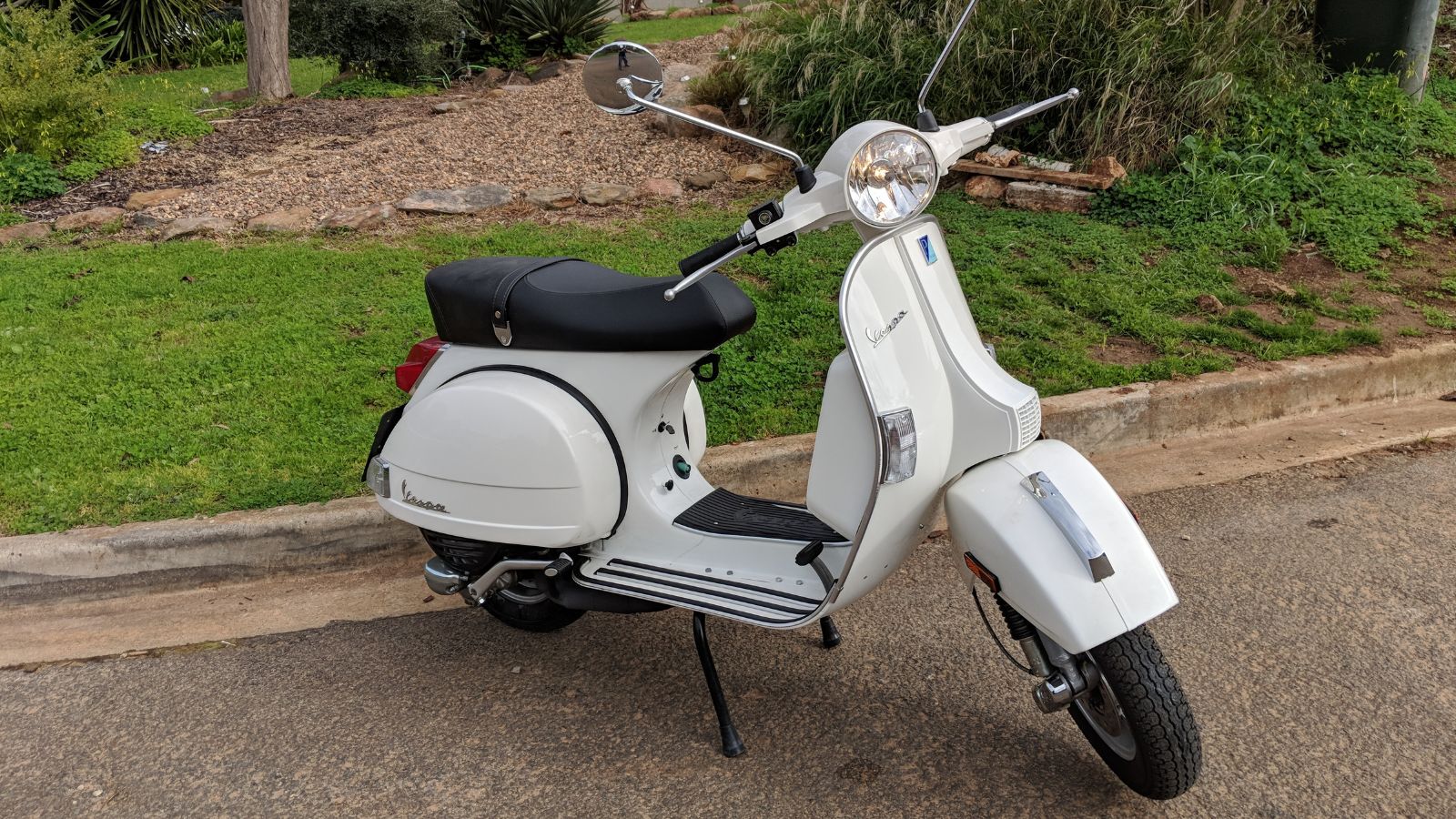
The PX150 became a cult favorite among Canadians who wanted a taste of Italian romance on two wheels. With classic steel-bodied styling and a simple, reliable two-stroke engine, it delivered charm and durability. Even in a country full of trucks, it carved out its own stylish corner, often becoming the pride of city commuters who wanted something iconic.
Honda Ruckus
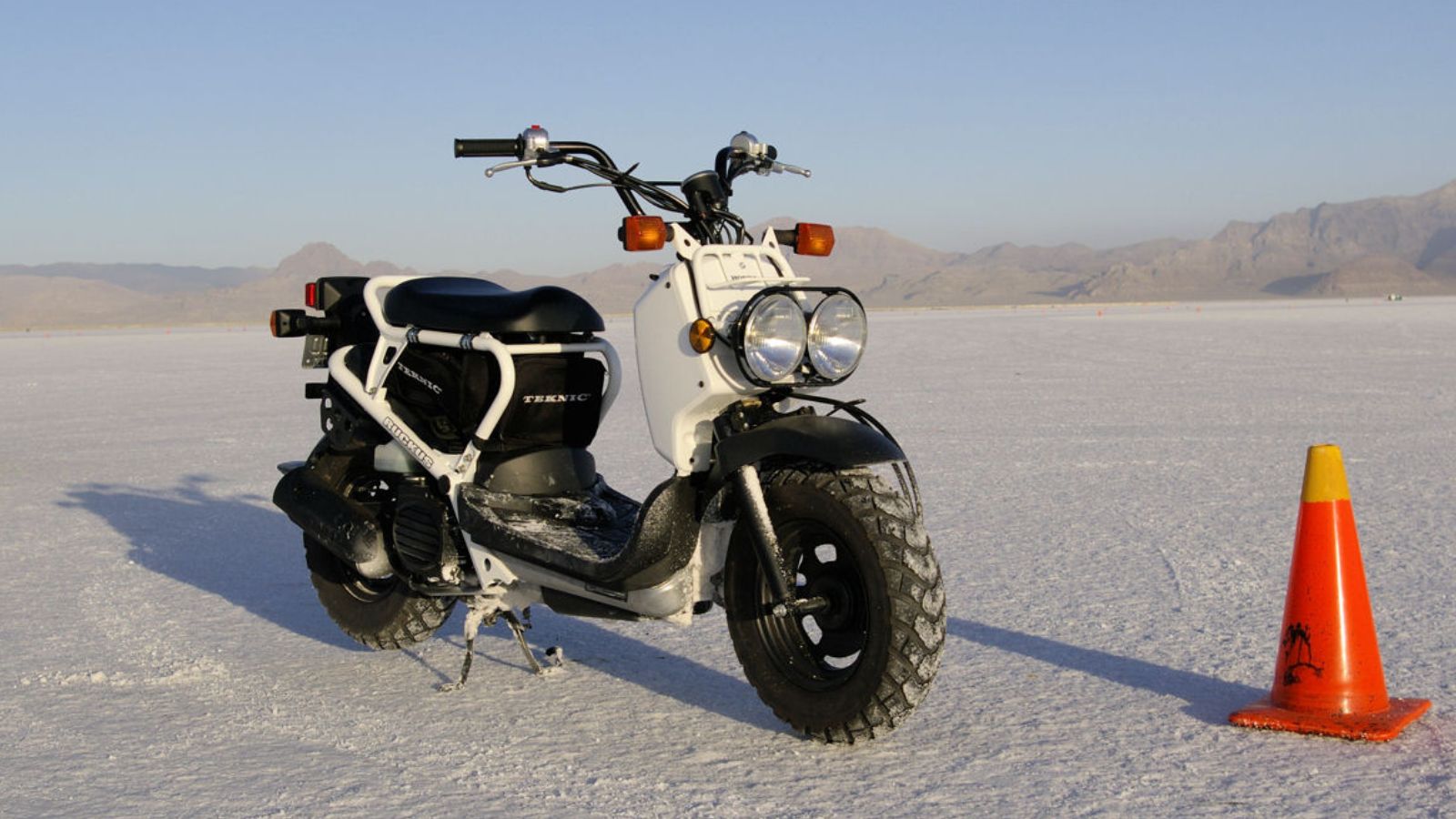
Few scooters looked as out of place yet oddly perfect in Canada as the Ruckus. Its rugged, stripped-down design with fat tires and a tubular frame gave it a go-anywhere feel. Riders loved that it handled not only smooth city streets but also the occasional gravel road to a cottage. For students and young riders, it became a statement piece, mixing scooter practicality with ATV-like character.
Yamaha BWs 50
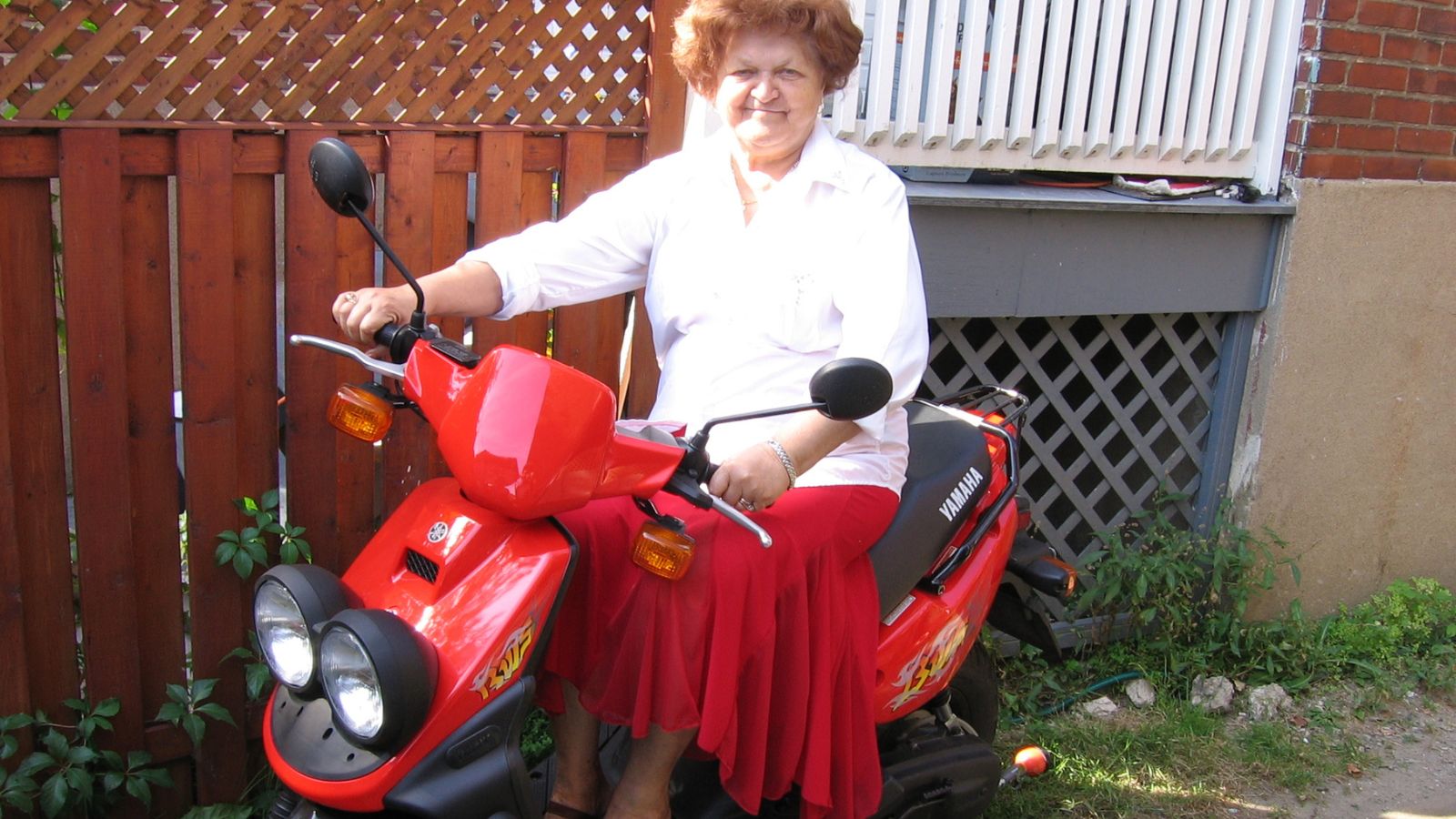
Known affectionately across Canada as the “BWs,” this little Yamaha has been everywhere — from suburban driveways to college campuses. With bulletproof reliability, low running costs, and surprising toughness, it became a scooter that generations of Canadians have trusted. It wasn’t flashy, but it was beloved, and it remains one of Yamaha’s most successful Canadian models.
Vespa Primavera
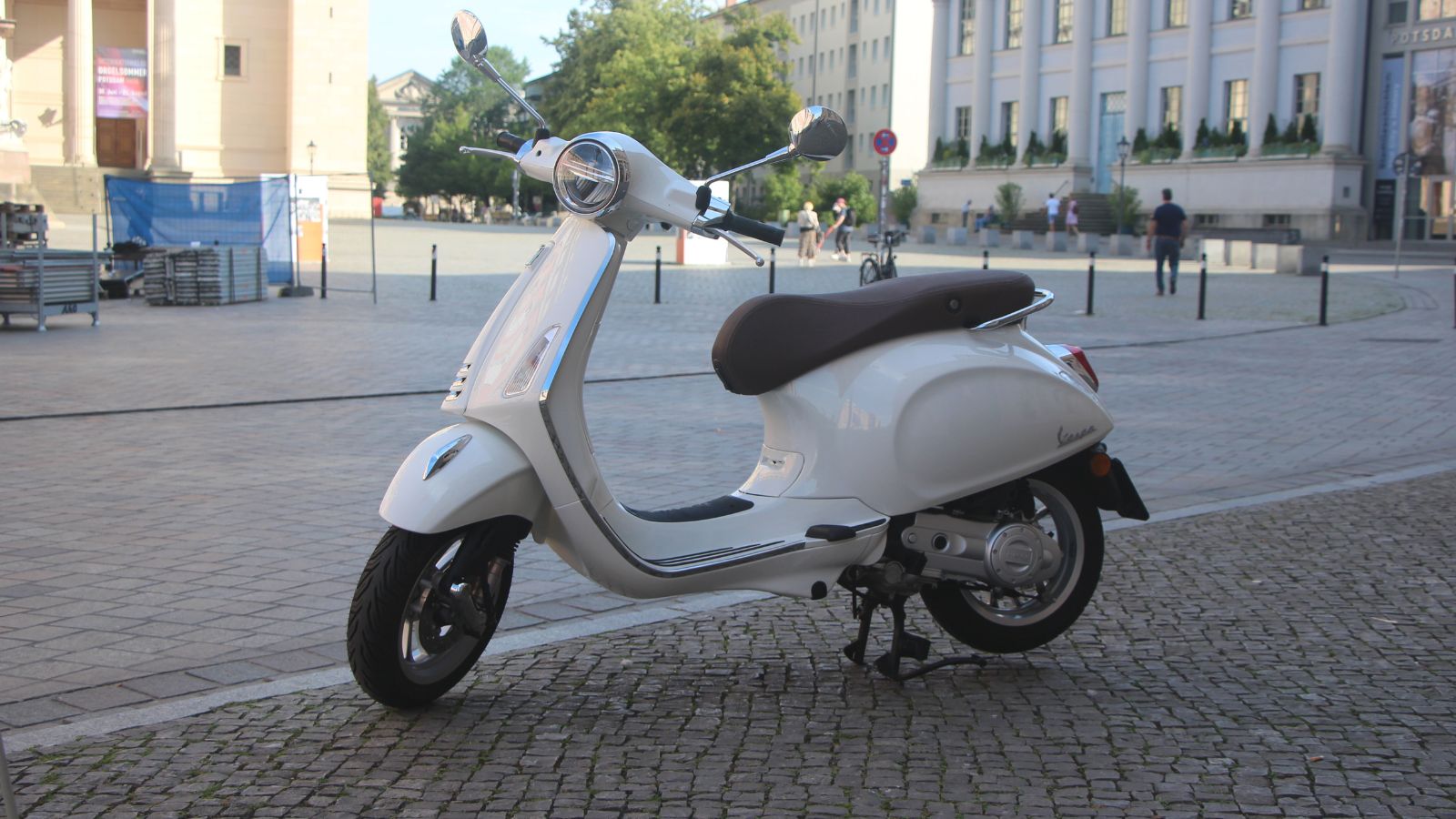
The Primavera brought timeless Vespa styling into the modern era. Canadians in cities like Montreal embraced it not just for its looks but for its smooth ride and efficiency. It became a go-to option for riders who wanted an elegant daily commuter with just enough European flair to stand out in traffic.
Suzuki Burgman 400
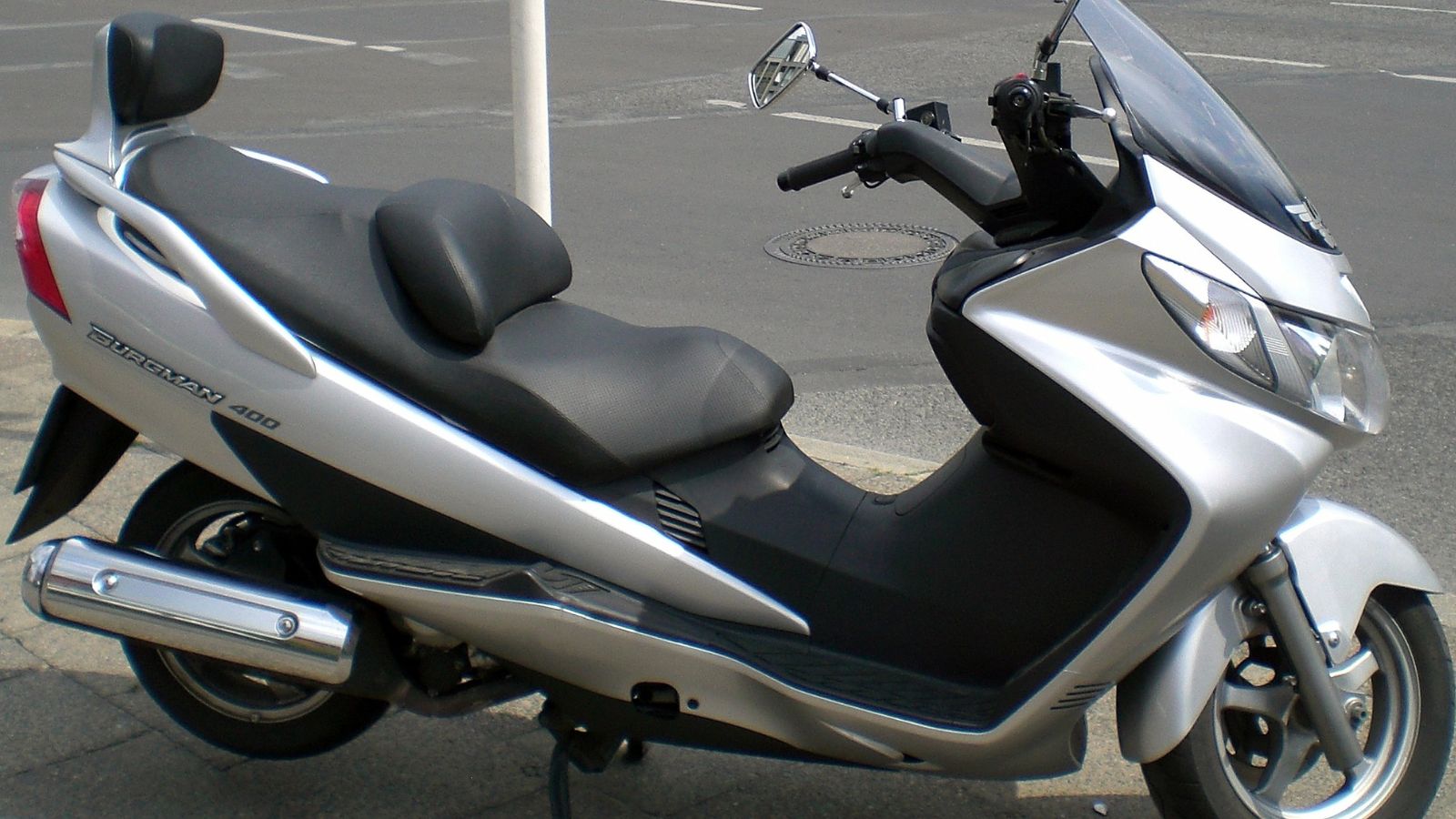
The Burgman 400 introduced many Canadians to the idea of a maxi-scooter. Comfortable on the highway and roomy enough for touring, it redefined what a scooter could be. Riders loved that it offered practicality with genuine long-distance potential, making it a popular choice for those who wanted motorcycle capability without the intimidation factor.
Honda Metropolitan
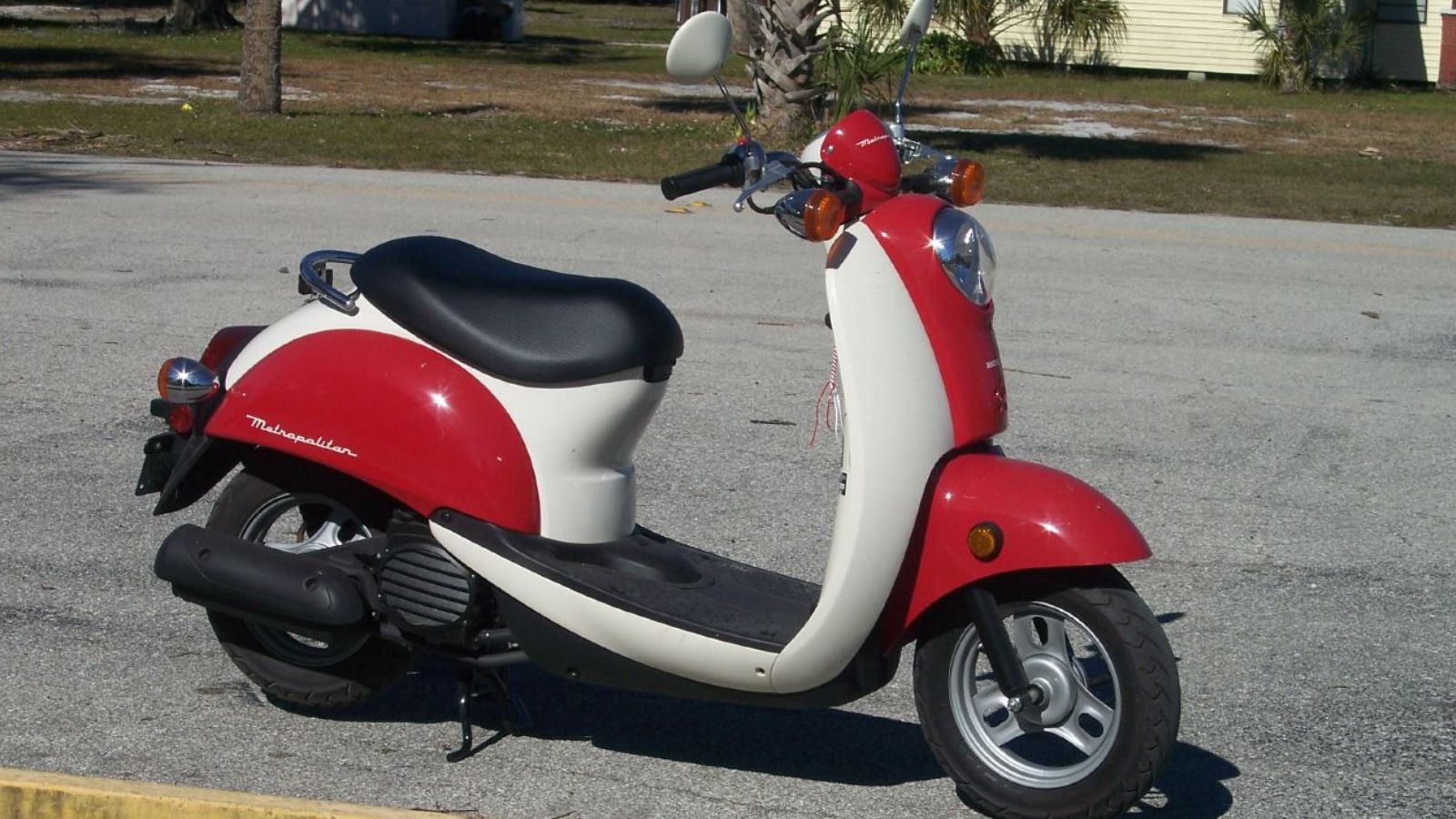
The Honda Metropolitan quickly found a home with younger Canadians. Its approachable size, retro-inspired styling, and simple four-stroke engine made it a first scooter for countless riders. With low fuel consumption and Honda’s reputation for reliability, it was an easy choice for city dwellers.
Yamaha Vino 125
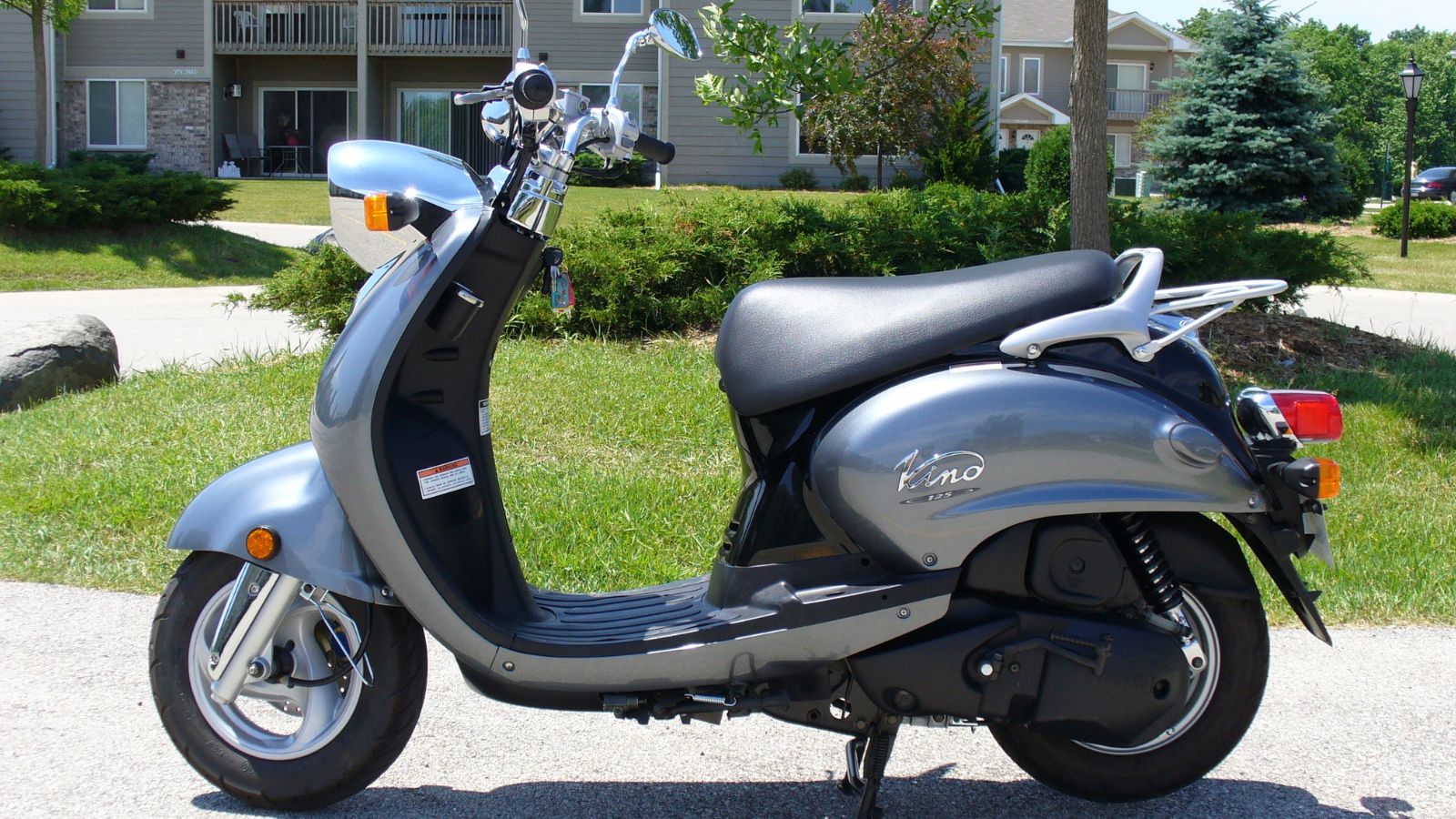
The Vino 125 was Yamaha’s stylish alternative to Vespa, offering retro looks at a more affordable price. It resonated with Canadians who wanted a scooter with personality but without the higher cost of an Italian brand. Its mix of style and practicality helped it earn a loyal fan base.
Piaggio MP3
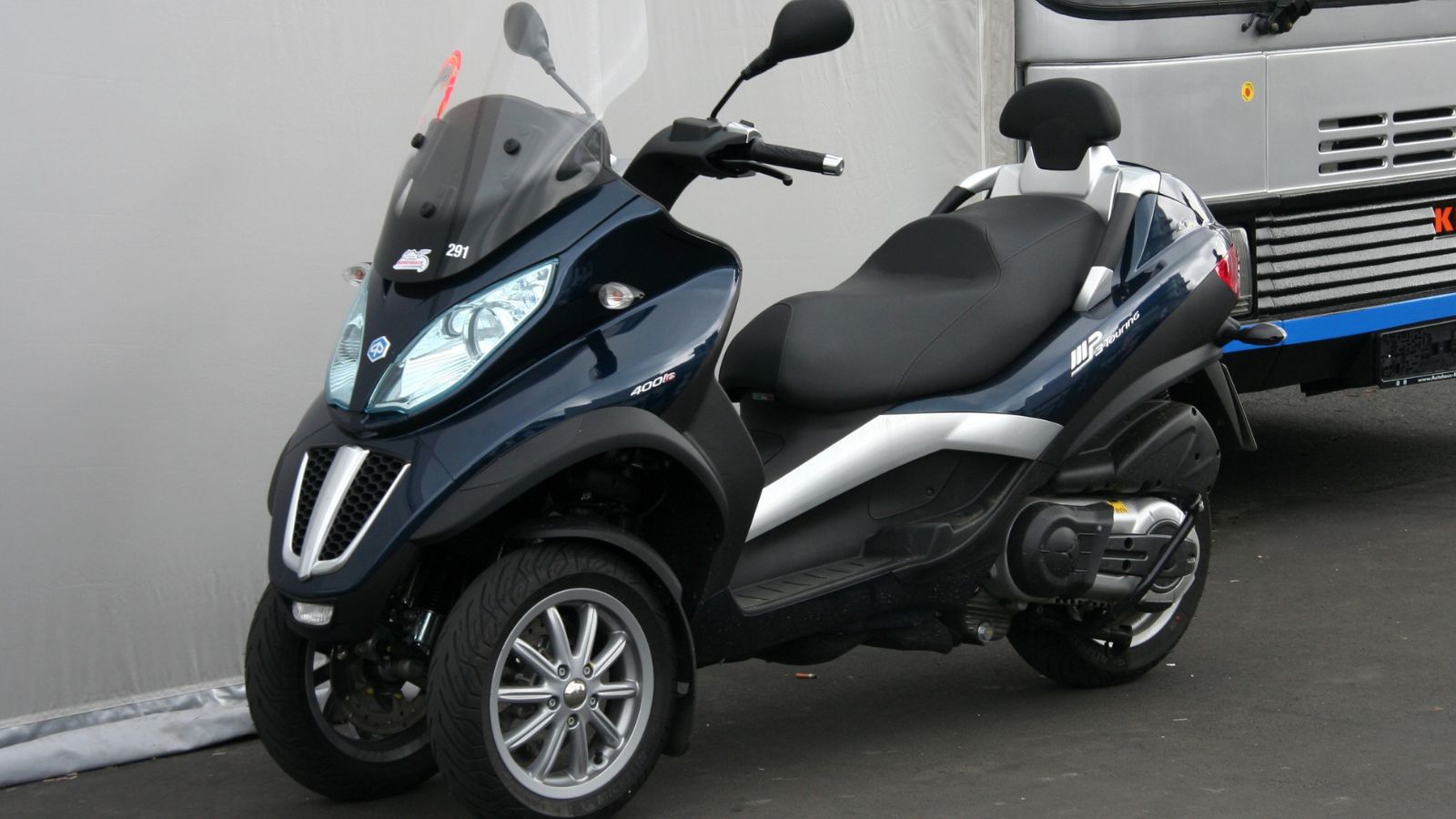
At first glance, the three-wheeled MP3 seemed too strange to succeed. But in Canada’s unpredictable weather, the added stability of two front wheels was a huge advantage. It became popular with riders who wanted scooter convenience but didn’t feel confident on traditional two-wheelers, and it brought innovation into a conservative market.
Vespa GTS 300
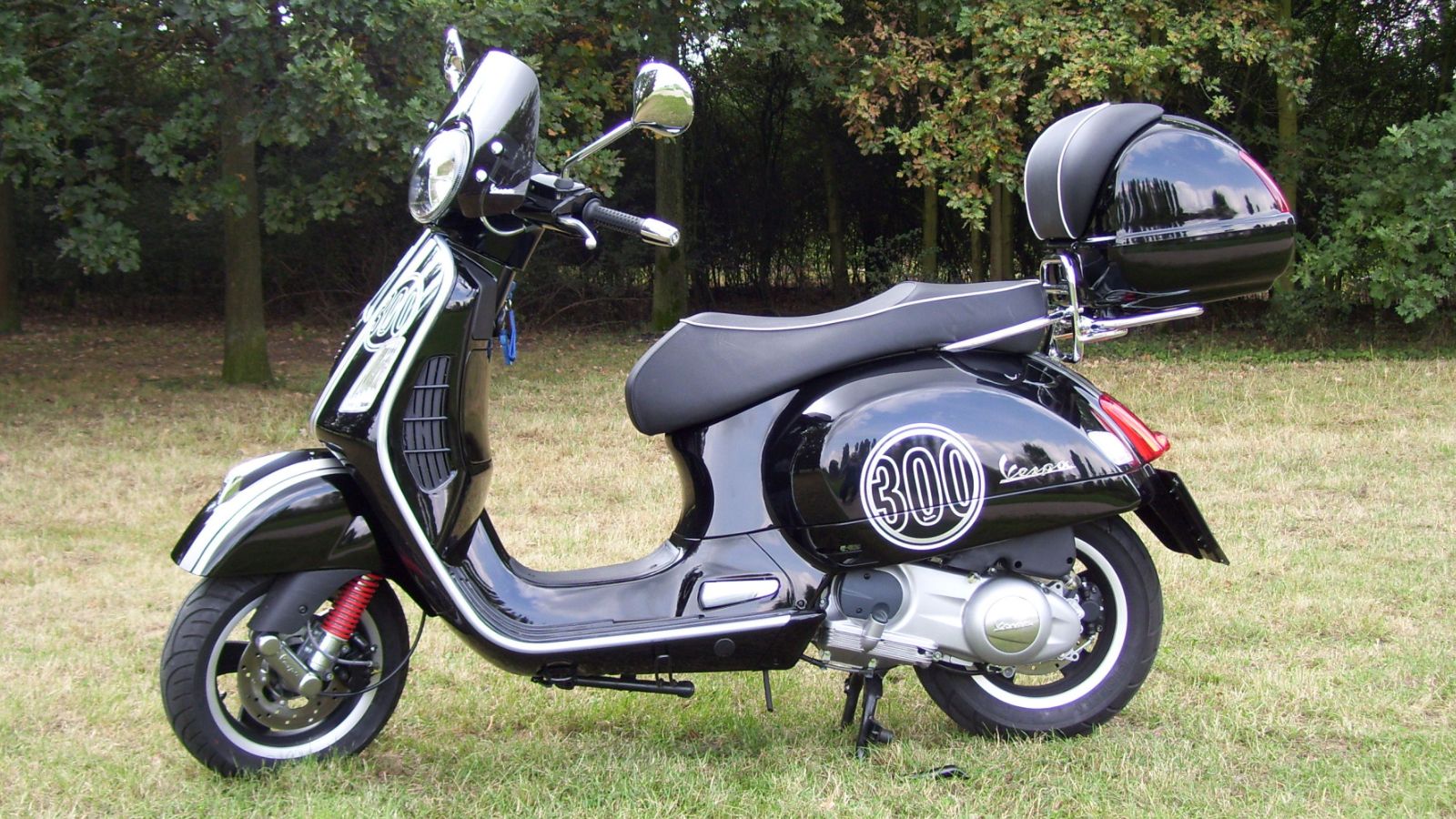
The GTS 300 proved to Canadians that scooters could be more than urban toys. With a larger engine and highway-capable performance, it offered speed, style, and long-distance comfort. For urban commuters who occasionally hit the open road, the GTS became a versatile and aspirational scooter.
Honda PCX150
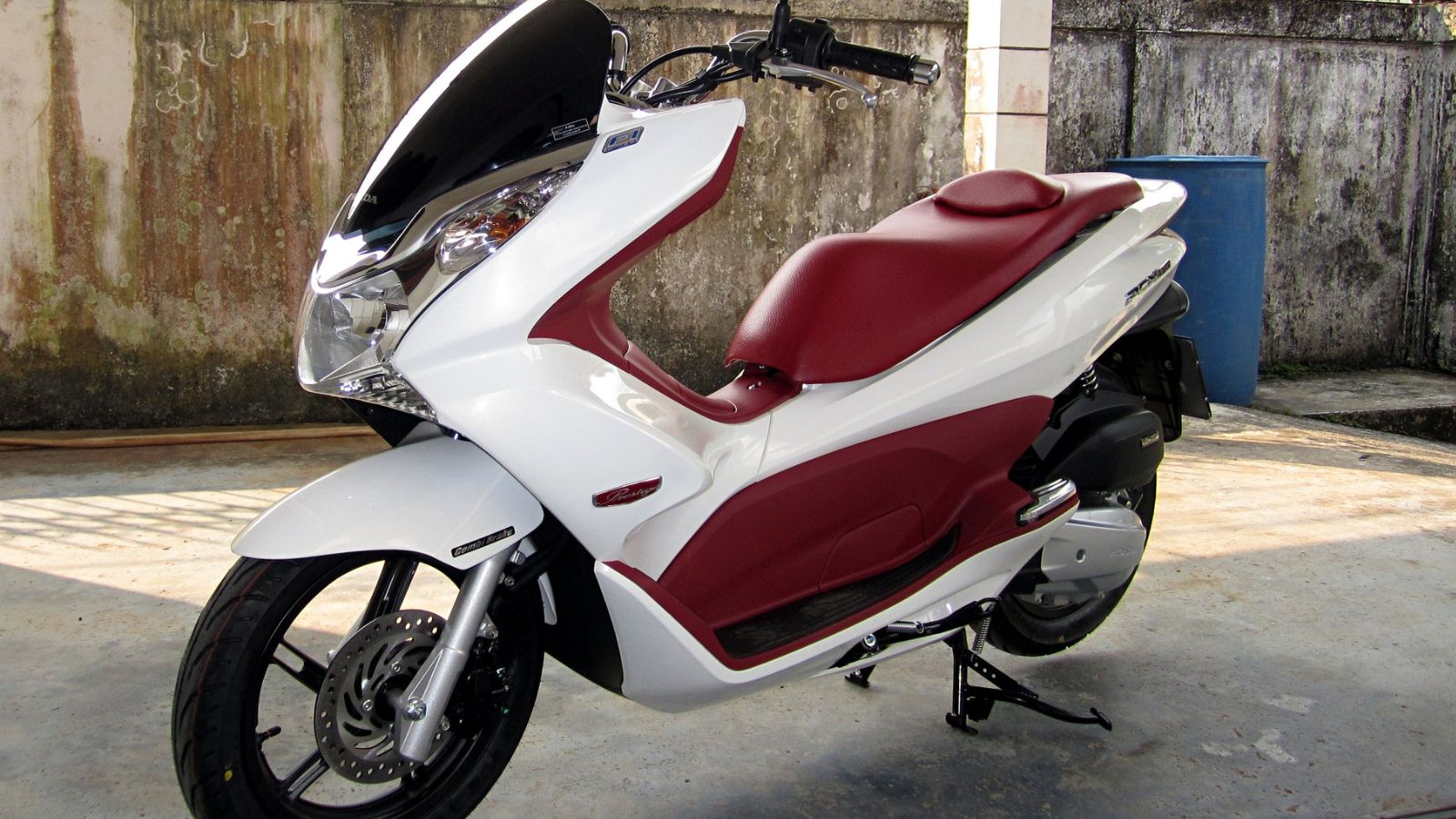
The PCX150 hit a sweet spot in Canada. With just enough power to keep up with city and suburban traffic while still sipping fuel, it was both economical and practical. Its sleek styling and Honda reliability made it one of the most successful small scooters in Canadian showrooms.
Aprilia SR50
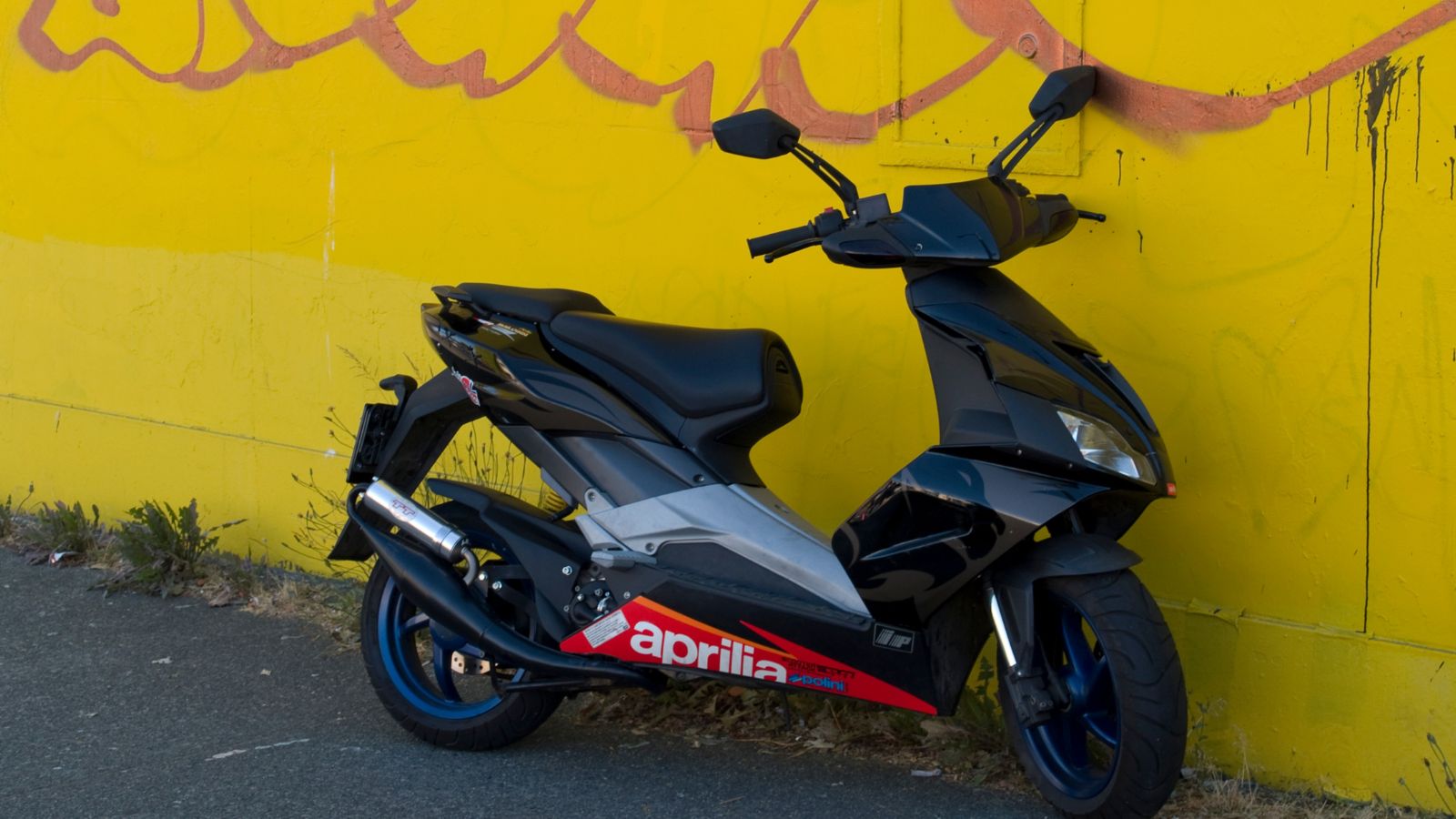
The SR50 appealed to a younger generation of Canadians who wanted a scooter with edge. With sporty Italian styling, lively two-stroke performance, and race-inspired graphics, it stood apart from the crowd of practical commuter scooters. It became a hit with enthusiasts who valued style as much as utility.
Genuine Buddy 125
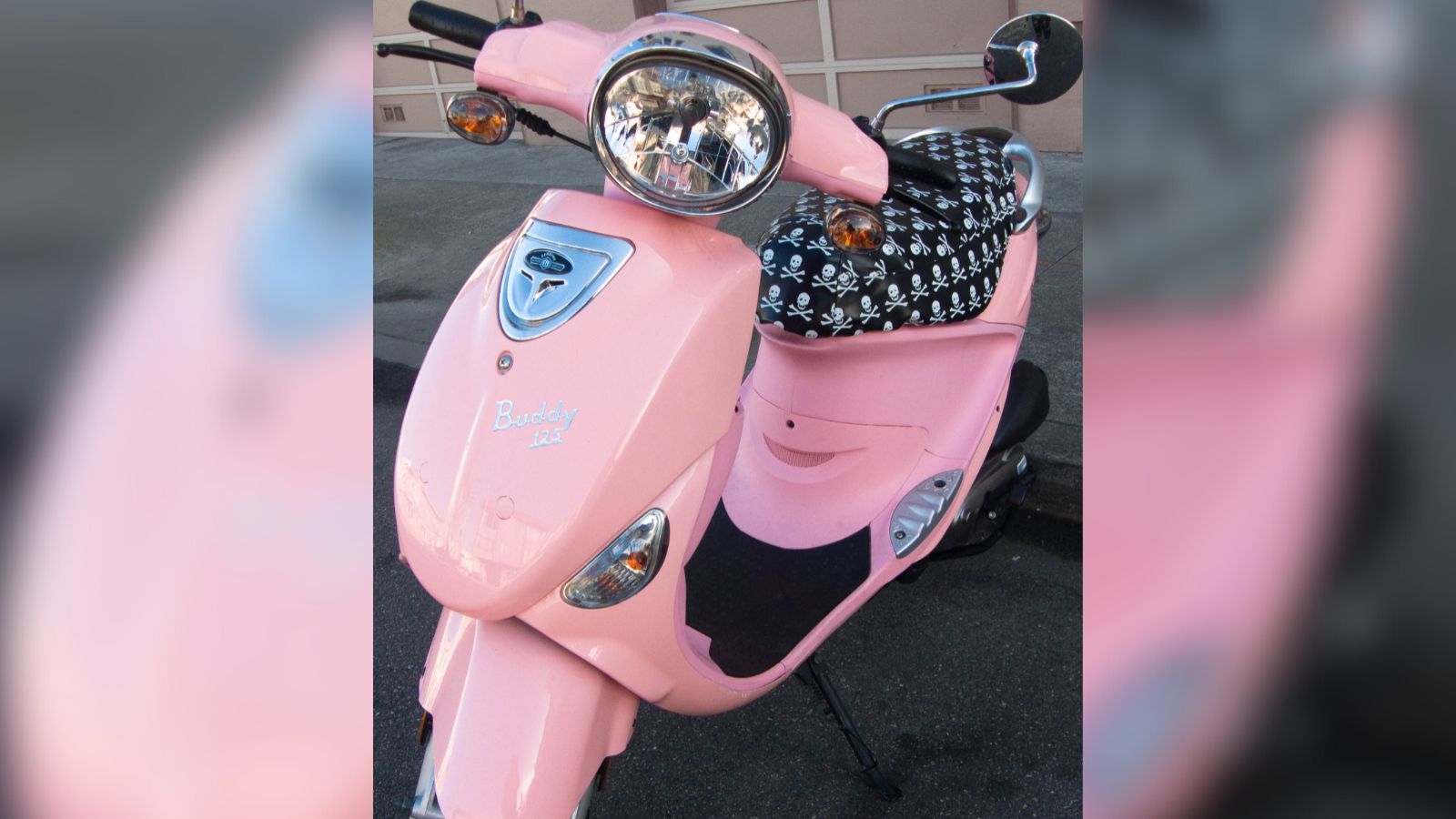
An underdog success story, the Buddy 125 came from Genuine Scooter Company and won Canadians over with its affordability and charm. Retro looks, decent performance, and durability made it a surprisingly successful alternative to the more established Japanese and Italian scooters.
Yamaha Majesty 400
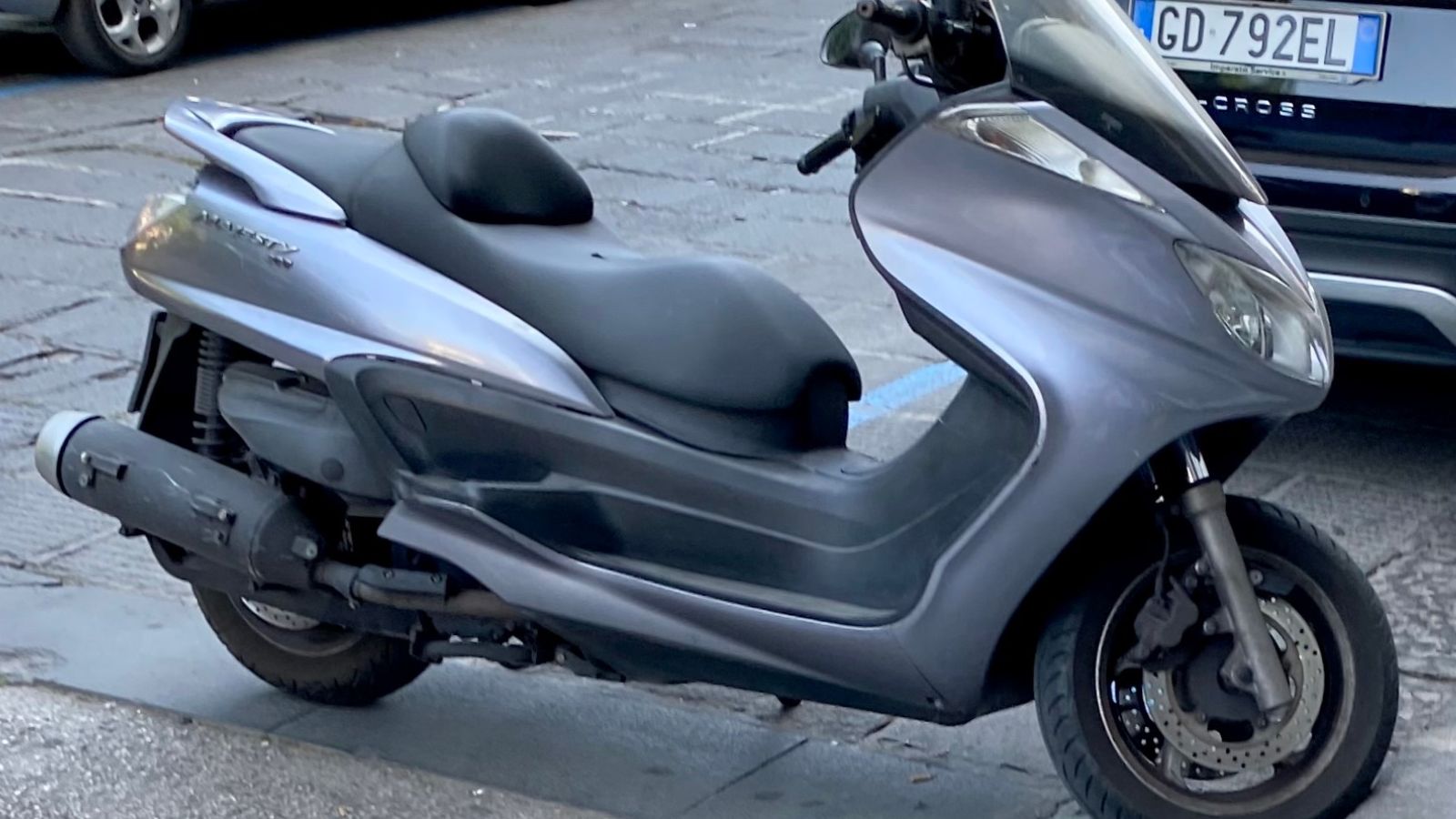
The Majesty was Yamaha’s answer to the Burgman, and it quickly built a following in Canada. Comfortable, capable of highway travel, and equipped with plenty of storage, it became a commuter workhorse for riders who wanted to ditch their cars but still cover serious distances.
Vespa LX50
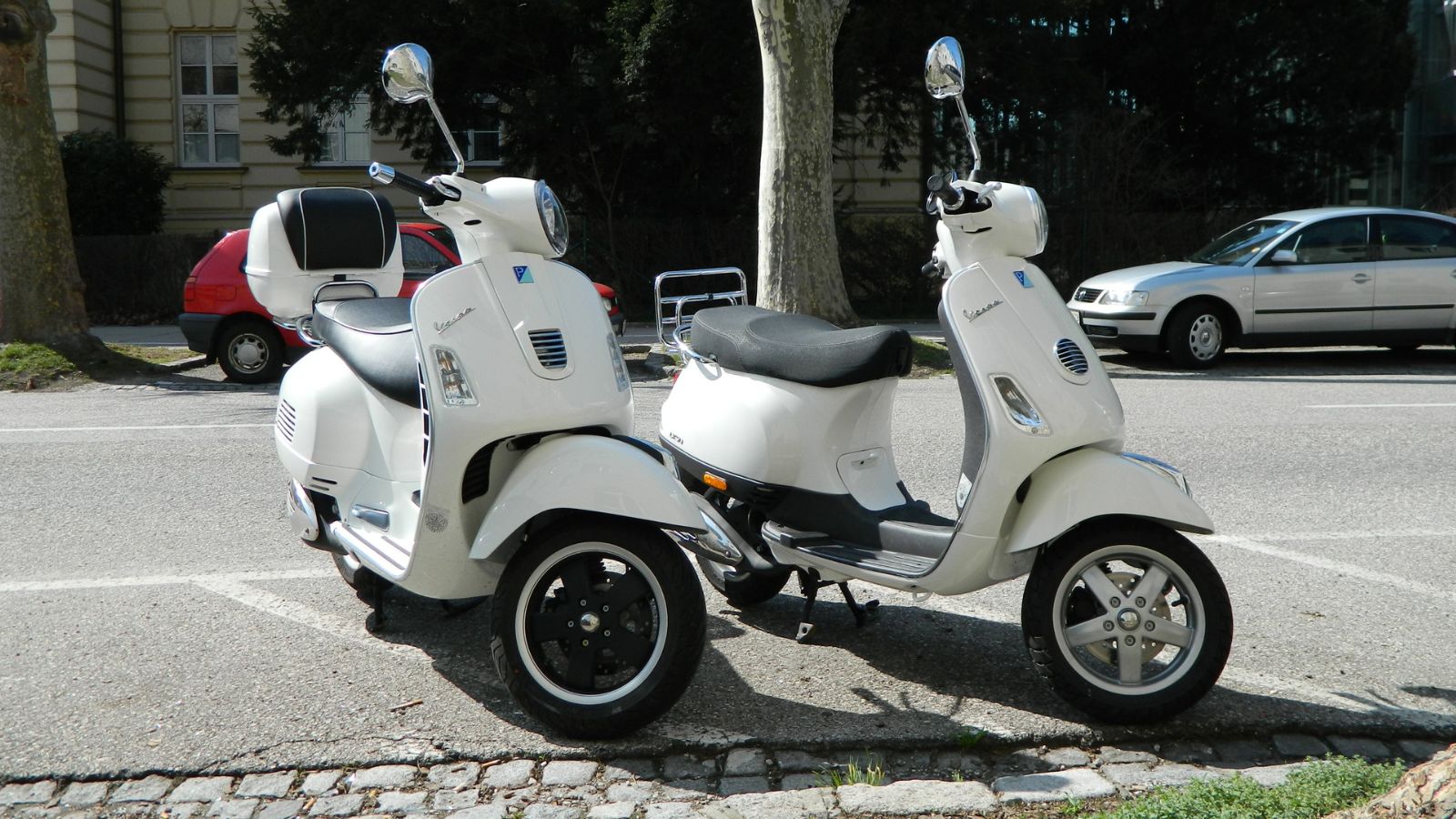
The LX50 served as an entry point into Vespa ownership for many Canadians. With classic styling and approachable performance, it was the scooter for city dwellers who wanted Italian flair without stepping up to the pricier, larger-engine models.
Vespa Sprint 150
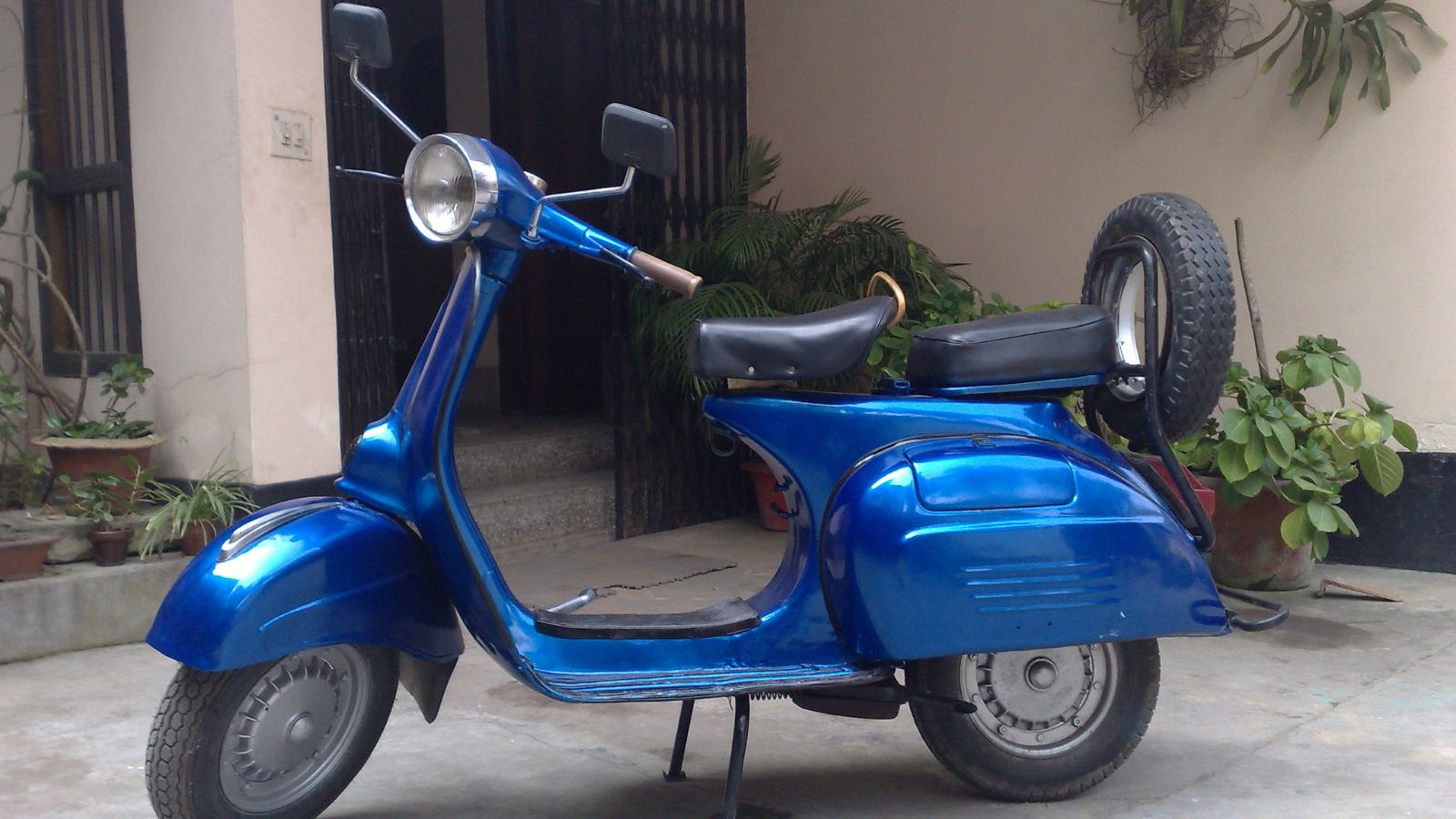
The Sprint modernized Vespa’s design while keeping its signature charm. Agile, efficient, and stylish, it became especially popular in crowded city centers where maneuverability mattered. Canadians loved its blend of tradition and modern performance.
SYM Mio 50
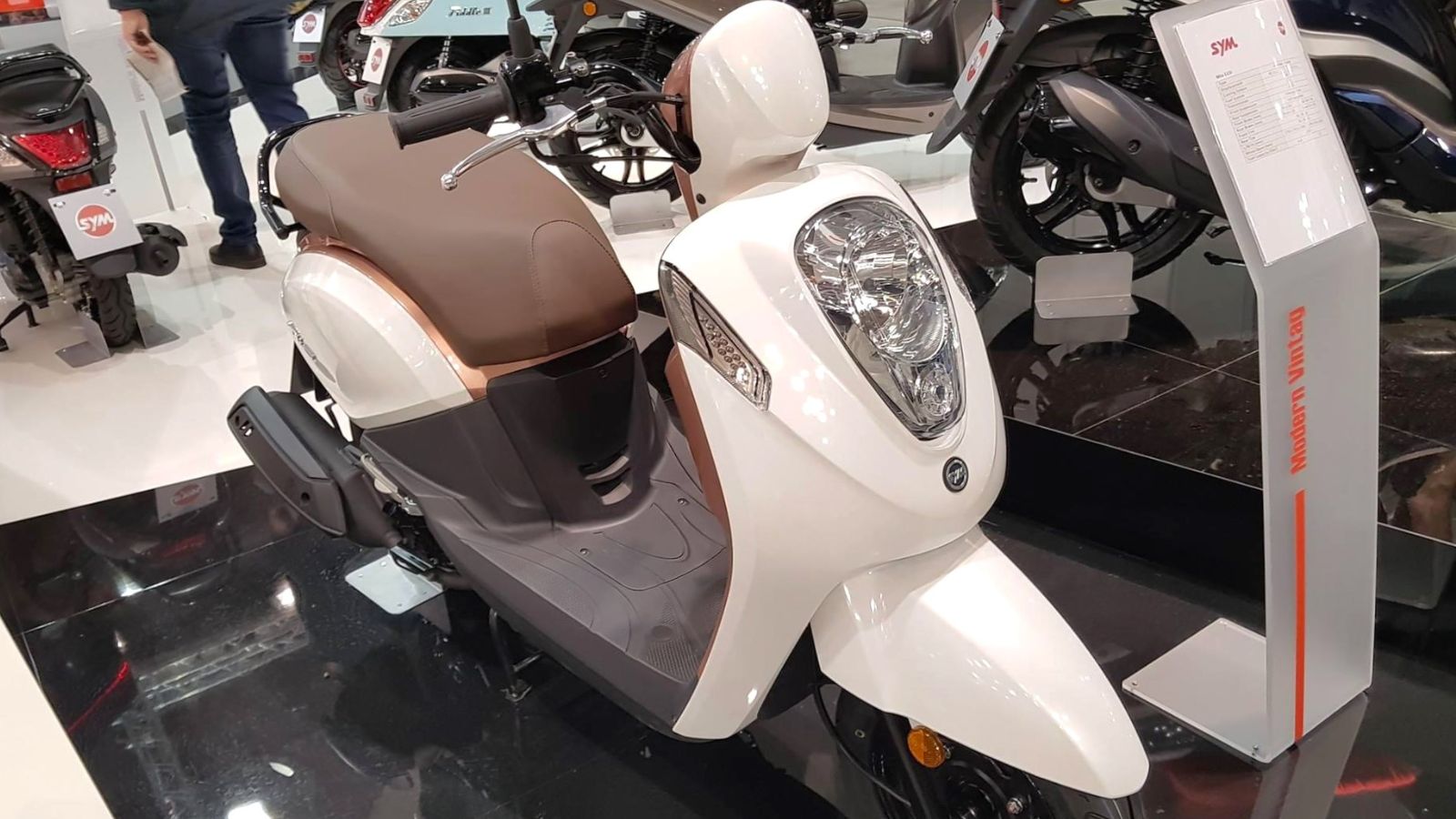
The SYM Mio 50 might not have had the name recognition of Honda or Vespa, but it quietly built a loyal base in Canada. Affordable, lightweight, and surprisingly stylish, it gave riders an inexpensive but dependable way into the scooter lifestyle.
Honda Silver Wing
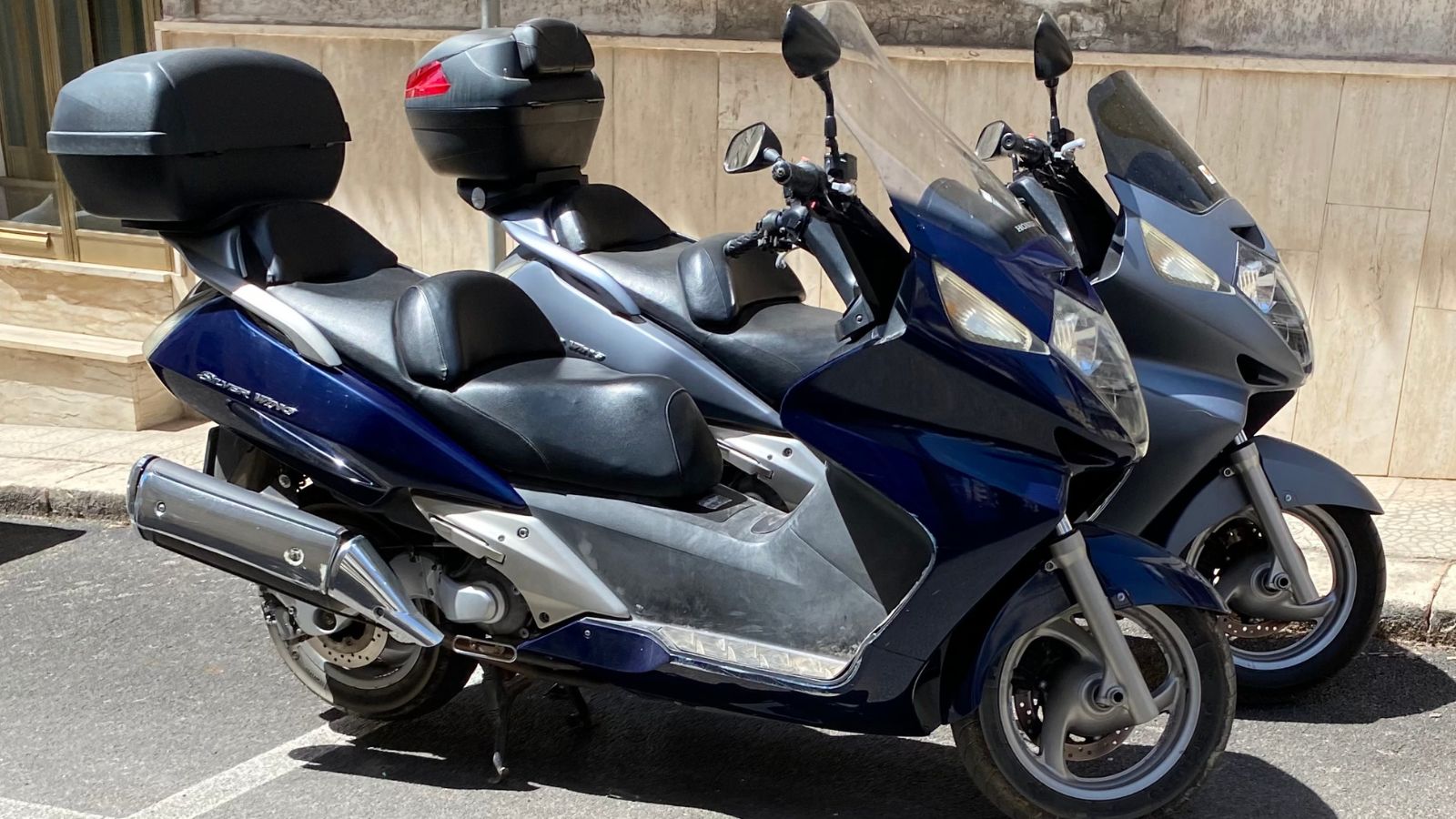
The Silver Wing maxi-scooter was Honda’s answer for long-distance riders who wanted scooter practicality with motorcycle power. It handled highways with ease and was embraced by Canadians who wanted to tour on two wheels but without the size or intimidation of a full bike.
Vespa ET4
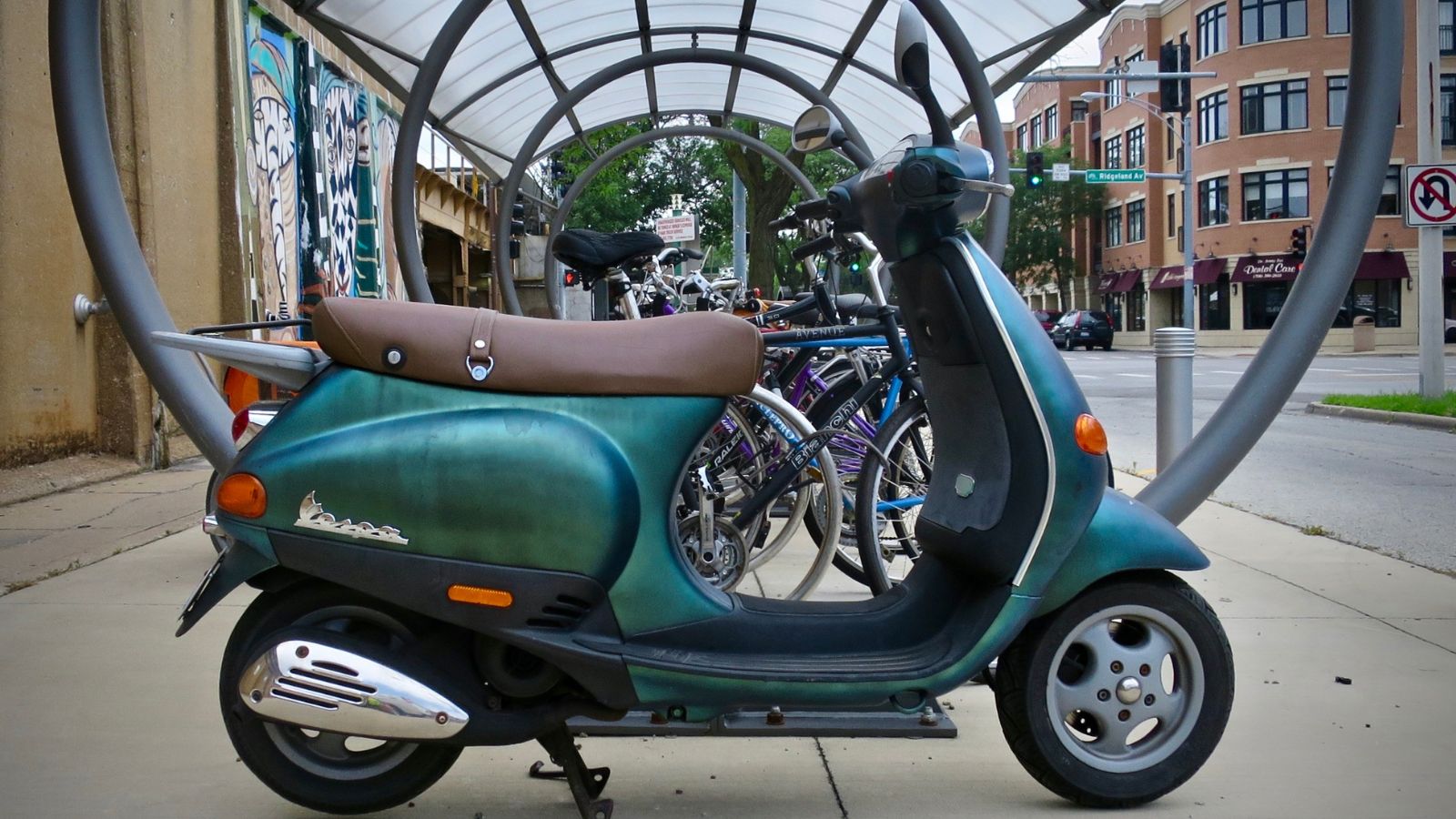
The ET4 marked Vespa’s modern comeback and was a success in Canada during the early 2000s. With four-stroke reliability and elegant Italian styling, it reminded Canadians that scooters could be classy, practical, and fun. It laid the foundation for Vespa’s current popularity.
Why Scooters?
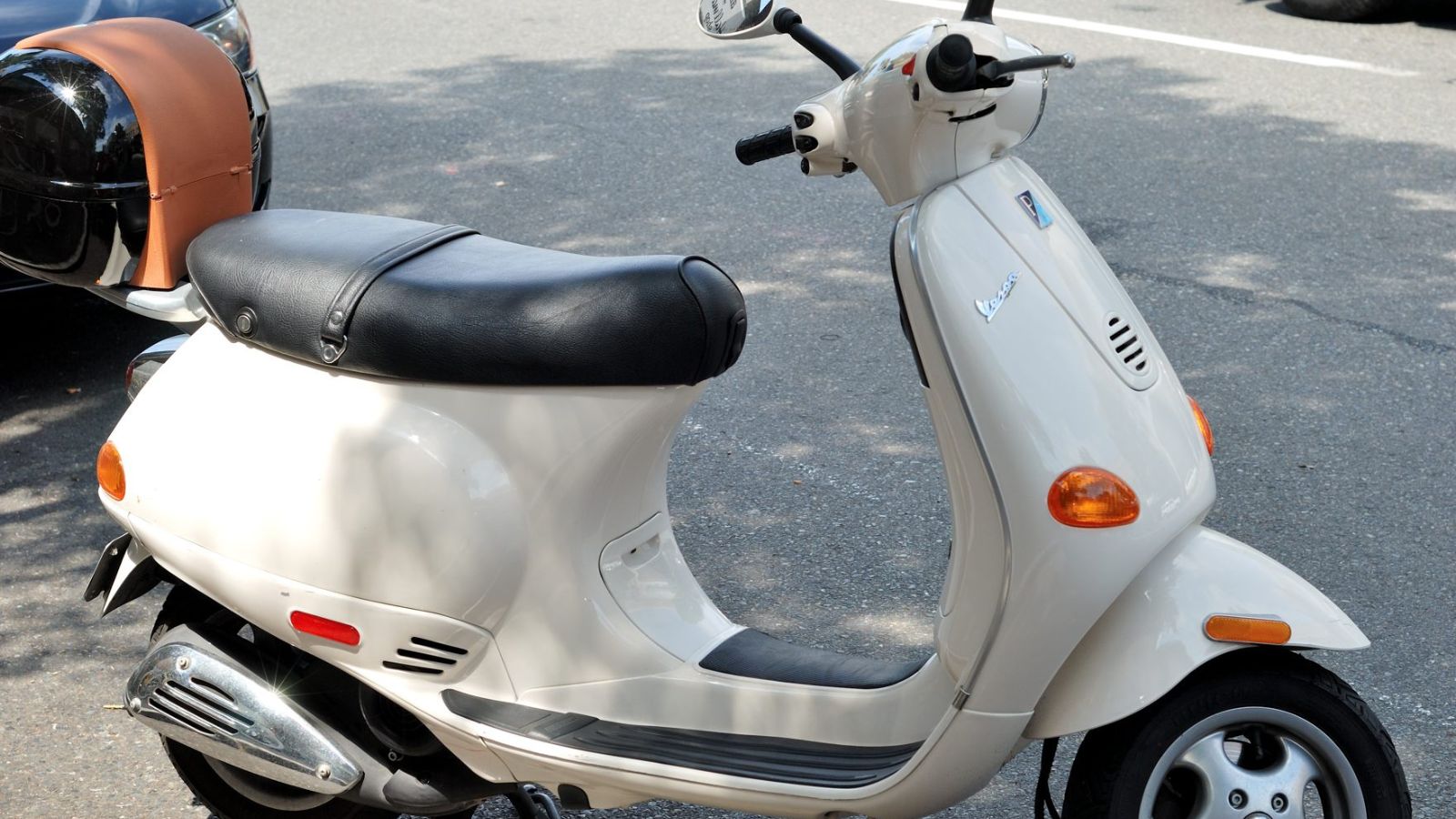
Scooters were never supposed to thrive in Canada but they did. Their affordability, fuel economy, and ease of use made them attractive in cities where parking was limited and traffic was brutal. Younger Canadians embraced them as stylish, practical transportation, while older riders appreciated their low running costs. From quirky imports to maxi-scooters capable of cross-country travel, these two-wheeled underdogs became an unlikely Canadian success story, proving that sometimes the most surprising vehicles are the ones that stick around the longest.
25 Facts About Car Loans That Most Drivers Don’t Realize

Car loans are one of the most common ways people fund car purchases. Like any other kind of loan, car loans can have certain features that can be regarded as an advantage or a disadvantage to the borrower. Understanding all essential facts about car loans and how they work to ensure that you get the best deal for your financial situation is essential. Here are 25 shocking facts about car loans that most drivers don’t realize:
25 Facts About Car Loans That Most Drivers Don’t Realize
